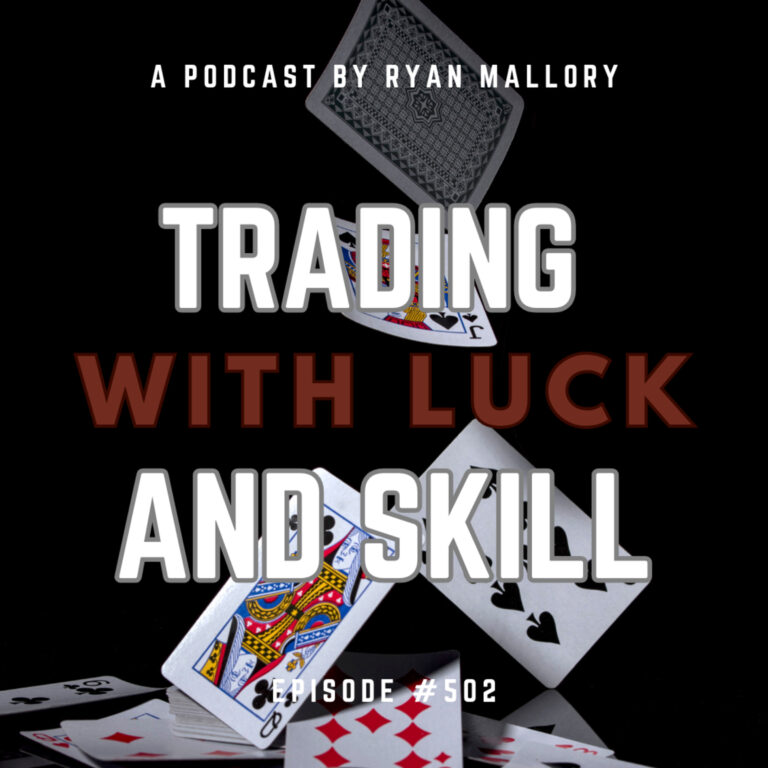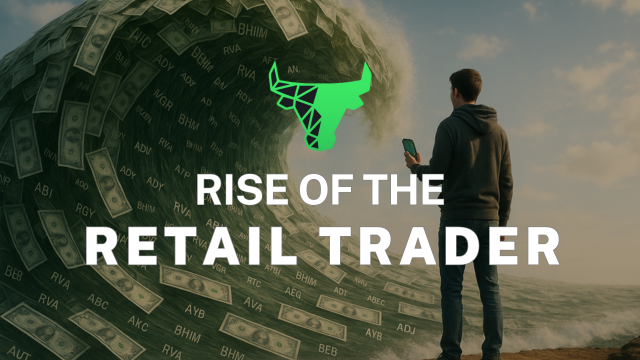Trading is setup to create maximum frustration and elicit maximum emotion from the trader. Trading is not meant to be made up of clear cut decisions that are easy to make nor decisions that won’t lead to regret. 
I want to build off of the post I did yesterday entitled, “Emotions Are Part of Trading – Accept It and Profit From It“. And as I said emotions are part of the game, and will always be part of the game. It is about recognizing what those emotions are making sure they don’t get in the way of making a sound decision.
Perfect example of this, was this morning with my trade in Tesla Motors (TSLA). I bought into the stock yesterday morning right at the opening bell, and throughout the day, the trade was brilliant, marched higher all day long and closed at the highs of the day. There was nothing that I couldn’t like about how the trade started off, and having gotten in at $220.88 yesterday and having it close the day at $225.12, I believed there was a very real possibility that it might see $230 today.
But today opened and the stock dropped, dropped and dropped. So much so that my gains from yesterday was pretty much wiped out. Now I wasn’t managing this trade blindly. There was a rising uptrend that if violated, I was going to sell my shares in it, and insure that at the very least, I get out of the trade for smidge of a profit. At this point, I am disappointed with the trade. It didn’t go the way that I was hoping for it to go. I “felt” like I was being robbed by nothing more than market shenanigans on a light volume, holiday trading session.
But the disappointment couldn’t lead me down a path that allowed my trade to go from a winning trade to being a losing trade, or worse being stopped out at the original stop-loss.
Instead I had to recognize it for what it was, make sure that the trade didn’t cost me much more than the profits that were lost on the trade and get out once the support level on the rising trend-line was breached.
And that is exactly what I did. I sold my shares of $TSLA at $221.36 for a 0.2% profit. I didn’t lose, but I really didn’t make much either. But what is important, is that as I move on to my next trade, I am not having to figure out how to make up for lost capital. My next trade is about me trying to, instead, build upon the profits that are already in the portfolio. That is what trading is about. If you minimize and avoid as many losing trades as possible, it makes it all the easier to make bigger profits long-term.
TSLA may, by the end of the day, rocket higher and recover those losses from this morning, and it is not a big deal if it does. What is more important, is that I managed a trade that was not working well for me, was breaking key support levels, and threatening to turn the start of winning trade into a full-fledged loser.
And that was avoided by actively managing my emotions and my risk.
If you are interested in becoming a profitable trader on a regular and consistent basis, then sign up for a Free 7-Day Trial of the SharePlanner Splash Zone. In it, you will gain access to all my real-time swing-trades as well as the chat room that I am in all day long, as well as the ability to automate my trades in your brokerage account, or receive them by email or text (international traders as well).
With The Splash Zone, you will get my low risk and high probability trade setups that no other trading service can offer.
Start Your Free 7-Day Trial Today!

Welcome to Swing Trading the Stock Market Podcast!
I want you to become a better trader, and you know what? You absolutely can!
Commit these three rules to memory and to your trading:
#1: Manage the RISK ALWAYS!
#2: Keep the Losses Small
#3: Do #1 & #2 and the profits will take care of themselves.
That’s right, successful swing-trading is about managing the risk, and with Swing Trading the Stock Market podcast, I encourage you to email me (ryan@shareplanner.com) your questions, and there’s a good chance I’ll make a future podcast out of your stock market related question.
Is it better to be lucky or skillful when it comes to being a good trader? I would argue you can have it both ways, but it requires that skill manages the luck, and at times when luck is simply against you too.
Be sure to check out my Swing-Trading offering through SharePlanner that goes hand-in-hand with my podcast, offering all of the research, charts and technical analysis on the stock market and individual stocks, not to mention my personal watch-lists, reviews and regular updates on the most popular stocks, including the all-important big tech stocks. Check it out now at: https://www.shareplanner.com/premium-plans
📈 START SWING-TRADING WITH ME! 📈
Click here to subscribe: https://shareplanner.com/tradingblock
— — — — — — — — —
💻 STOCK MARKET TRAINING COURSES 💻
Click here for all of my training courses: https://www.shareplanner.com/trading-academy
– The A-Z of the Self-Made Trader –https://www.shareplanner.com/the-a-z-of-the-self-made-trader
– The Winning Watch-List — https://www.shareplanner.com/winning-watchlist
– Patterns to Profits — https://www.shareplanner.com/patterns-to-profits
– Get 1-on-1 Coaching — https://www.shareplanner.com/coaching
— — — — — — — — —
❤️ SUBSCRIBE TO MY YOUTUBE CHANNEL 📺
Click here to subscribe: https://www.youtube.com/shareplanner?sub_confirmation=1
🎧 LISTEN TO MY PODCAST 🎵
Click here to listen to my podcast: https://open.spotify.com/show/5Nn7MhTB9HJSyQ0C6bMKXI
— — — — — — — — —
💰 FREE RESOURCES 💰
— — — — — — — — —
🛠 TOOLS OF THE TRADE 🛠
Software I use (TC2000): https://bit.ly/2HBdnBm
— — — — — — — — —
📱 FOLLOW SHAREPLANNER ON SOCIAL MEDIA 📱
*Disclaimer: Ryan Mallory is not a financial adviser and this podcast is for entertainment purposes only. Consult your financial adviser before making any decisions.





